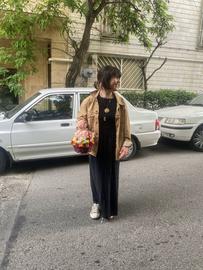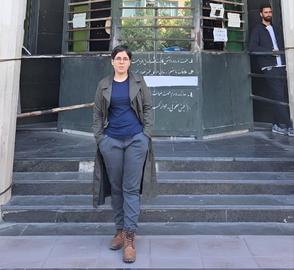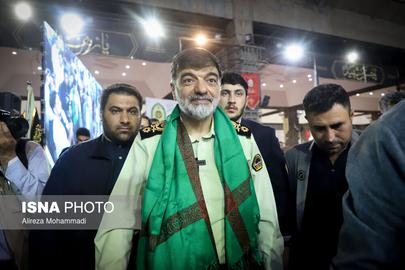“Architecture is like sailing on an unknown sea,” says Farshid Moussavi, one of the most praised and in-demand architects in the West. The Iranian-born British architect is also a professor at the Harvard University Graduate School of Design and has received numerous awards and honors such as the Order of the British Empire “for service and diversity in the architecture profession.”
Farshid was born in 1965 in the ancient and picturesque city of Shiraz to a family of progressive academics. In 1979, in the tumult of the Islamic Revolution, her parents sent her to the United Kingdom where they enrolled her in a boarding school. After graduating from high school, Farshid studied at the University of Dundee’s School of Architecture, the Bartlett School of Architecture and University College London, and she graduated with a Masters in Architecture from the Harvard University Graduate School of Design.
She attributes her love of architecture to her “very happy and relaxed” childhood in Sari, a city by the Caspian Sea in northern Iran where her parents commissioned an architect to create a modern family house. “I went to meetings about the construction with my father, and I remember being really excited,” she says.
Farshid’s creative mind, however, was not satisfied with only an academic mastery of architecture. For her master’s at Harvard she studied under the visionary architect Rem Koolhaas, who subsequently offered her a job at his practice, the Office of Modern Architecture in Rotterdam, Netherlands.
Farshid Moussavi first came to prominence in 1993 when she and her husband, the Spanish architect Alejandro Zaera-Polo, founded Foreign Office Architects (FAO), an architectural design studio. FOA emerged as one of the most significant architecture and urban design practices of its time and became known for combining technical innovation with design excellence.
The first project that made the studio’s name was the Yokohama International Passenger Terminal in Japan for which FAO was awarded Enric Miralles Prize for Architecture. Many other projects in Europe and elsewhere in the world followed. They included the campus of Ravensbourne College of Design and Communication in the UK, the Umraniye Retail Complex and Multiplex in Istanbul, two 180-meter high residential towers at the World Business Centre in Busan, South Korea, and the Bamboo Building, a social housing complex in Madrid.
FAO activities came to an end in 2009 when Farshid and her husband ended their marriage. In 2011, she established her own architectural studio, Farshid Moussavi Architecture (FMA). Many high-profile projects followed, including the Museum of Contemporary Art in Cleveland, Ohio, United States, Victoria Beckham's Flagship Store in London, a residential complex in Paris’s La Défense-Nanterre district, a multi-story residential building in Montpellier, southern france, and the Harrods Toys Department in London. Other high-profile projects are in the works.
Research and Teaching
Despite a busy schedule, Farshid Moussavi’s activities extended to research and teaching as well. Since 2005, she has been Professor in Practice at Harvard University Graduate School of Design. From 1993 to 2000, she taught at the Architectural Association in London and, from 2002 to 2005, she was the head of the Academy of Fine Arts in Vienna. She has been a visiting professor of architecture at the Berlage Institute in Rotterdam, Hoger Institute of Architecture in Ghent, Belgium, and at UCLA, Columbia University and Princeton University in the United States.
Beyond being a successful and world-renown architect, she is also a trailblazer in the theory of architecture. Farshid’s research, which started in the early 1990s, has focused on instruments that allow architects to embed forms with design intelligence and creative possibilities such as the diagram, information technology and new construction technologies, and how they can be used to develop alternative concepts for the practice of architecture. Her work in aesthetics is influenced by a range of philosophers, notably Spinoza and Gilles Deleuze.
In three of her books — The Function of Ornament, The Function of Form and The Function of Style — Farshid Moussavi rejects architecture's traditional binary oppositions of form vs. function, structure vs. form, ornament vs. function and style vs. function. She argues that architecture's creative potential lies in finding ways to relate these seeming opposites to one other.
“While male architects have role models in the profession to emulate, there are very few female role models,” she says. “This makes us female architects uniquely flexible. It gives the women the creative freedom to outdo the stereotype. Rather than championing for homophony between men and women, we should embrace the notion of exteriority as a source of creativity.”


























comments